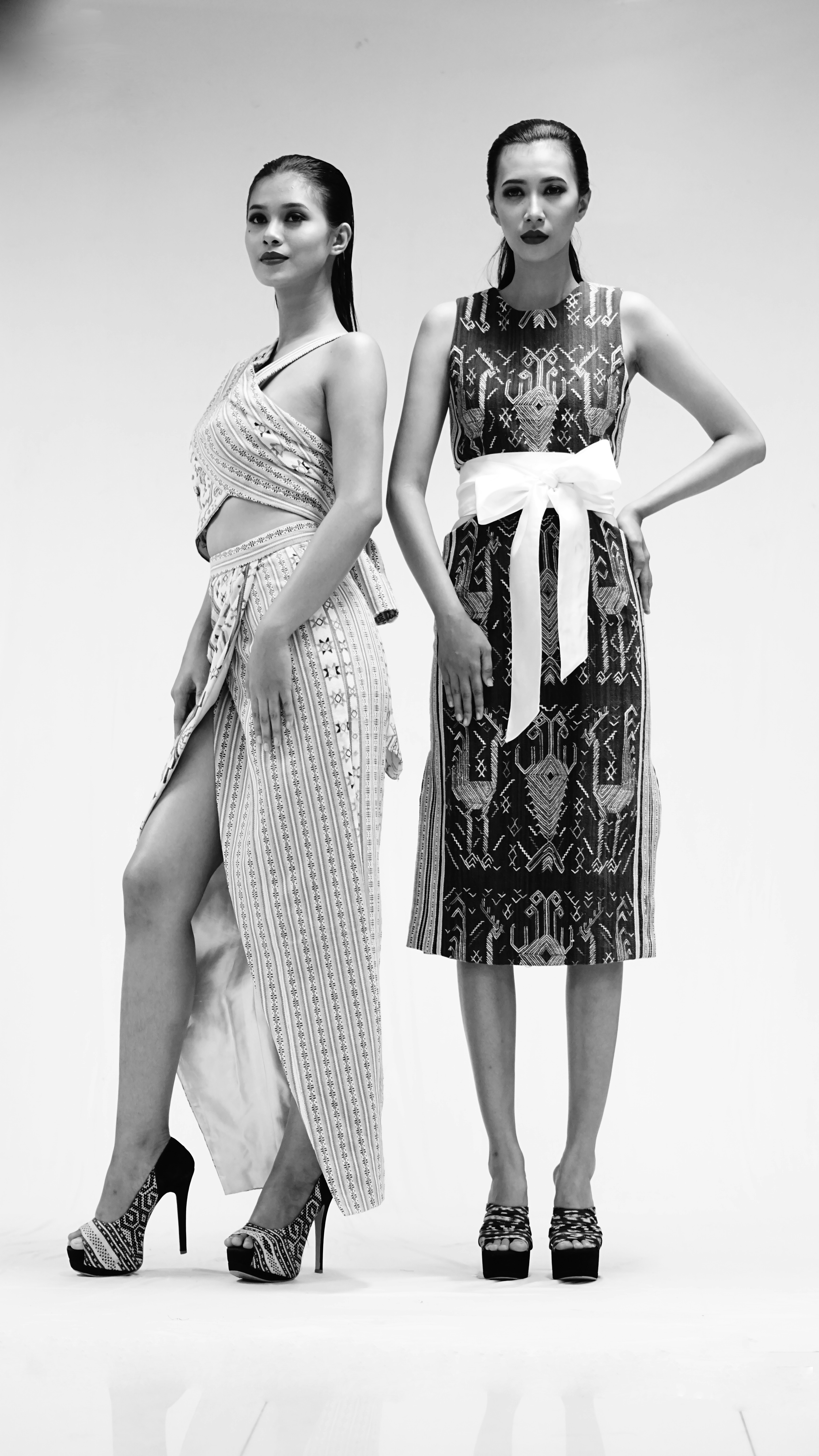
Introduction to OEM and ODM in the Fashion Industry
In the fashion industry, the terms Original Equipment Manufacturer (OEM) and Original Design Manufacturer (ODM) play a crucial role in the production lifecycle of apparel, particularly women’s dresses. OEMs are companies that produce goods based on the specifications and designs provided by another company, typically a brand looking to maintain control over the marketing and design aspects while outsourcing production. On the other hand, ODMs go a step further by not only manufacturing products but also designing them. This means that a global brand can rely on an ODM for both design expertise and production capabilities.
The advantages of utilizing OEM and ODM manufacturing processes are numerous for global fashion brands. These methods allow for reduced operational costs by outsourcing production to manufacturers with established supply chains, specialized labor, and economies of scale. Moreover, brands can allocate more resources toward marketing, brand strategy, and customer engagement, positioning themselves more effectively in the highly competitive fashion market. Additionally, the flexibility offered by these manufacturing practices enables brands to respond swiftly to changing fashion trends and consumer preferences.
China has emerged as a leading hub for OEM and ODM in the apparel sector, including women’s fashion. This prominence can be attributed to several factors, such as advanced manufacturing technologies, a robust supply chain network, and a vast pool of skilled labor. The landscape of OEM and ODM in China is continually evolving, influenced by key trends such as sustainability, customizability, and the growing demand for fast fashion. As brands increasingly seek to mitigate risks associated with production while staying current with trends, the importance of OEM and ODM partnerships in the women’s dress market is set to expand.
Criteria for Selecting the Best Manufacturers
When global brands seek to partner with OEM or ODM women’s dress manufacturers in China, it is crucial to establish a set of criteria to guide this selection process. Quality control stands out as a primary factor, directly influencing the final product’s durability and aesthetic appeal. Brands should assess the manufacturer’s quality assurance processes and their ability to maintain consistent standards throughout production. Comprehensive quality checks at different production stages can provide reassurance regarding the reliability of the manufacturer.
Another important consideration is production scalability. As demand fluctuates in the fashion industry, manufacturers must have the capacity to scale their operations efficiently. This flexibility enables brands to adjust their order quantities on short notice, ensuring they can meet market demands without compromising on quality. Understanding a manufacturer’s operational capabilities can help brands predict if they can accommodate future growth and changing trends.
Ethical labor practices are increasingly pertinent in today’s industry. Brands should conduct thorough research into a manufacturer’s labor policies and ensure they adhere to ethical standards. This consideration not only reflects positively on the brand’s image but also aligns with the growing consumer demand for socially responsible products.
Effective communication is essential in any business relationship. Brands must ensure that the manufacturer can facilitate clear and responsive communication, reducing the potential for misunderstandings that could delay production timelines. Timeliness, therefore, is another critical factor; a reliable manufacturer should demonstrate a track record of meeting delivery schedules, which is vital in the fast-paced fashion industry.
Furthermore, evaluating the manufacturer’s reputation and certifications can provide insights into their reliability and commitment to best practices. A company with reputable certifications is likely to adhere to industry standards. Lastly, the manufacturer’s ability to innovate and adapt to emerging market trends is essential for staying competitive, allowing brands to offer fresh designs to consumers.
Leading OEM/ODM Women’s Dress Manufacturers in China
China has emerged as a significant hub for OEM and ODM manufacturing, particularly in the women’s dress sector. Numerous manufacturers have established themselves as leaders, distinguished by their quality standards, innovative designs, and collaborations with global brands. Below is a curated list of some of the top OEM/ODM women’s dress manufacturers in China, highlighting their unique offerings and capabilities.
One of the foremost manufacturers is Shenzhen Ahn Fashion Co., Ltd. Known for its diverse portfolio, this company specializes in everything from casual wear to high-fashion evening dresses. With advanced manufacturing capabilities and a focus on sustainable practices, Ahn Fashion emphasizes high-quality materials, ensuring that each piece meets international standards. Their collaborations with well-known global fashion brands have solidified their reputation as a reliable partner in the industry.
Another notable name is Guangzhou Tanguo Garment Co., Ltd., which has a strong emphasis on customization. With over a decade of experience, Tanguo offers a wide range of styles tailored to meet the needs of various clientele, from boutique owners to major retailers. They are known for their rigorous quality control measures, which ensure that every garment not only meets but exceeds industry expectations.
Hangzhou Zhenhuan Garments Co., Ltd. stands out with its innovative design team and agile manufacturing processes. They offer a comprehensive range of women’s dresses, focusing on seasonal trends and customer preferences. Their state-of-the-art production facilities enable them to take on large-scale orders while ensuring consistent quality, making them a preferred choice for many international brands.
Lastly, Nanjing Lianhuan Group has garnered attention for its commitment to eco-friendly practices and ethical manufacturing. They prioritize sustainable materials and production techniques, catering to the increasing demand for environmentally conscious fashion. Their partnerships with various global retailers showcase their commitment to quality and innovation in women’s dress manufacturing.
Conclusion: Embracing Partnership with Chinese Manufacturers
Collaborating with Chinese OEM and ODM women’s dress manufacturers presents an array of advantages that can significantly benefit global brands. The primary appeal of these partnerships lies in their capacity for innovation. China, renowned for its agile manufacturing capabilities, allows brands to experiment with new designs and materials without the typically high costs associated with product development. This flexibility is essential in the fast-paced fashion industry, where trends can change overnight. Moreover, Chinese manufacturers are increasingly adopting advanced technologies and sustainable practices, enabling brands to align with current consumer expectations for eco-friendly clothing.
Cost-effectiveness is another critical advantage of working with Chinese manufacturers. The infrastructure and labor force in China make it possible to produce high-quality garments at competitive prices. For global brands aiming to maximize their profit margins, this aspect can be particularly appealing. However, it is essential to conduct thorough research when selecting a partner to ensure that production standards align with the brand’s values and customer expectations. A well-researched approach can result in savings that allow for reallocation of resources to marketing or further product development.
Additionally, establishing a long-term partnership with Chinese manufacturers fosters stability and reliability in the supply chain. Strong communication channels are vital in this aspect. By maintaining clear and open dialogue, both parties can streamline processes, address potential issues promptly, and create an environment conducive to collaboration. This approach not only enhances efficiency but also builds trust, which is crucial for ongoing success.
In conclusion, collaborating with OEM and ODM dress manufacturers in China can be a transformative strategy for global fashion brands. By embracing this partnership, brands can leverage innovation, reduce costs, and foster long-term relationships that enhance competitiveness in the global market.
